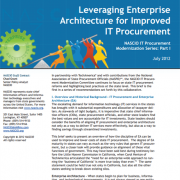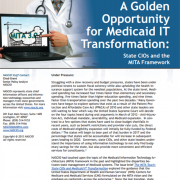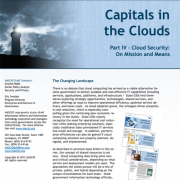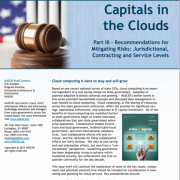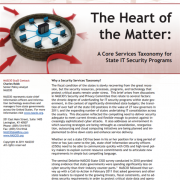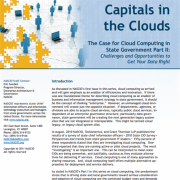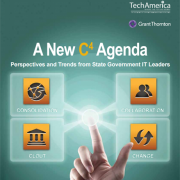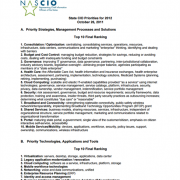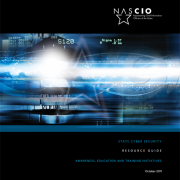Leveraging Enterprise Architecture for Improved IT Procurement
This brief seeks to present an overview of how the discipline of Enterprise Architecture (EA) can be used to improve and lower costs of state IT procurement. The degree of EA maturity in states can vary as much as the very rules that govern IT procurement, but a closer look will provide guidance on alignment of these vital functions of government. As stewards of tight budgets, it is imperative that state chief information officers (CIOs), state procurement officials, and other state leaders find the best values and are accountable for IT investments. State leaders should consider the benefits of aligning IT procurement and enterprise architecture not only as a way to deliver IT services more effectively, but also as a way to find savings through streamlined investments. This brief was developed in partnership with TechAmerica and with contributions from the National Association of State Procurement Officials (NASPO).

